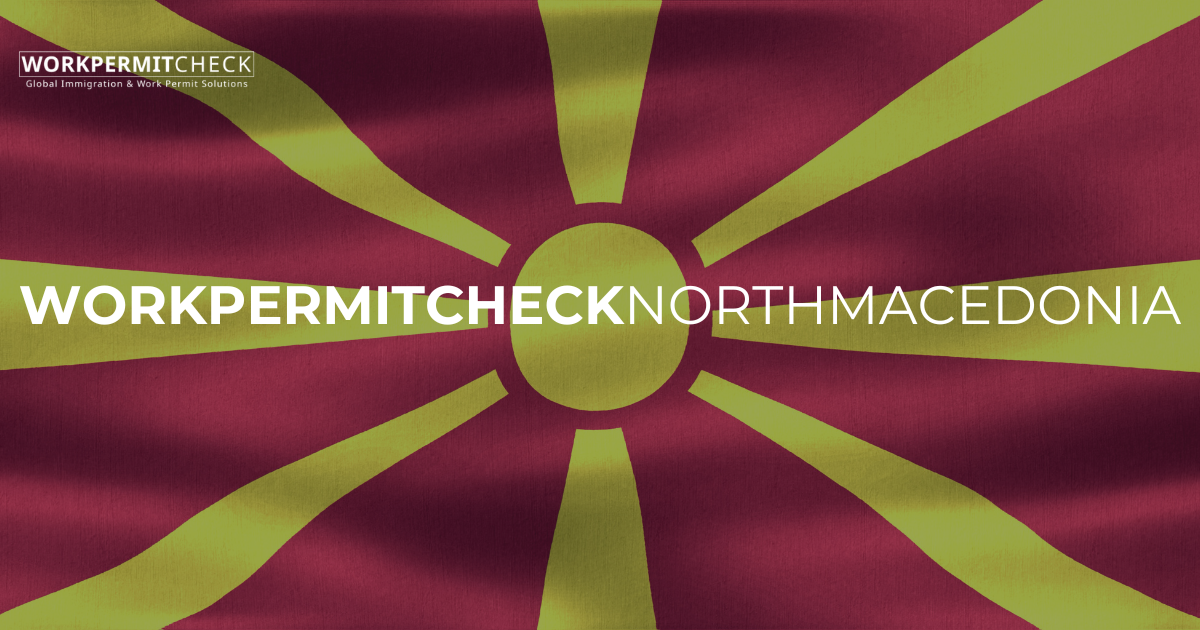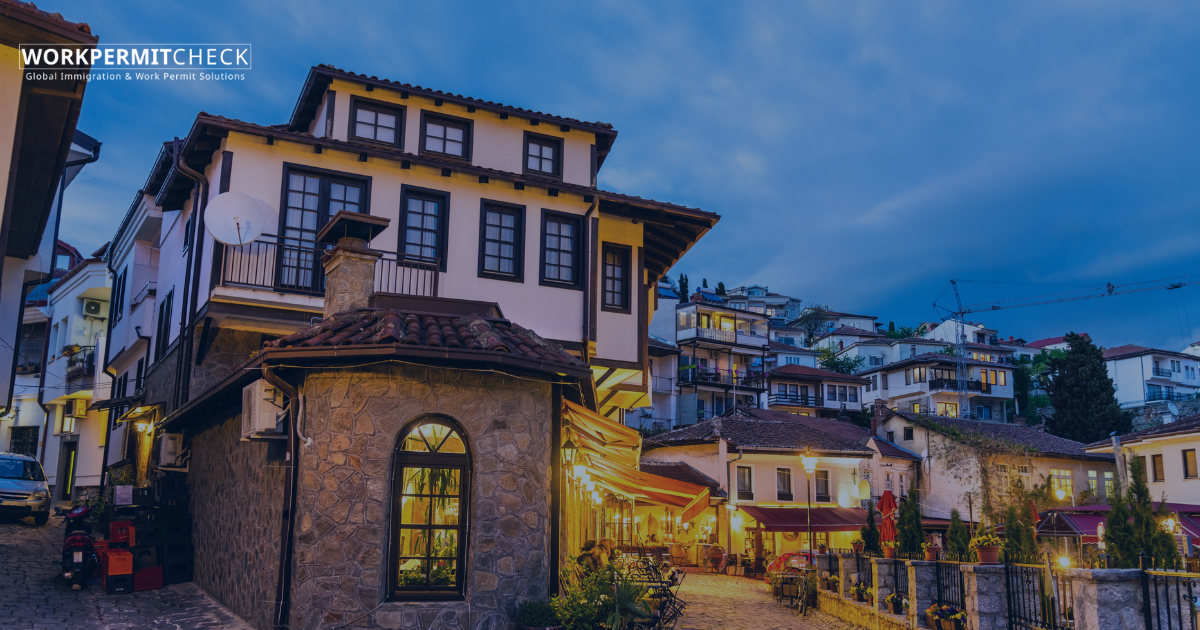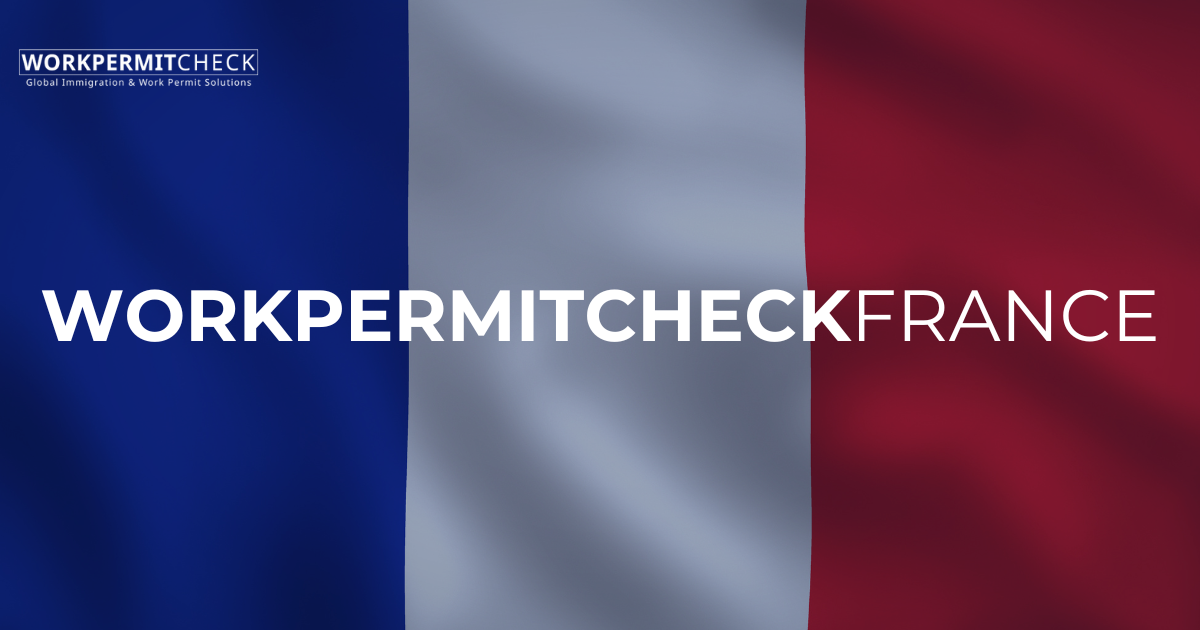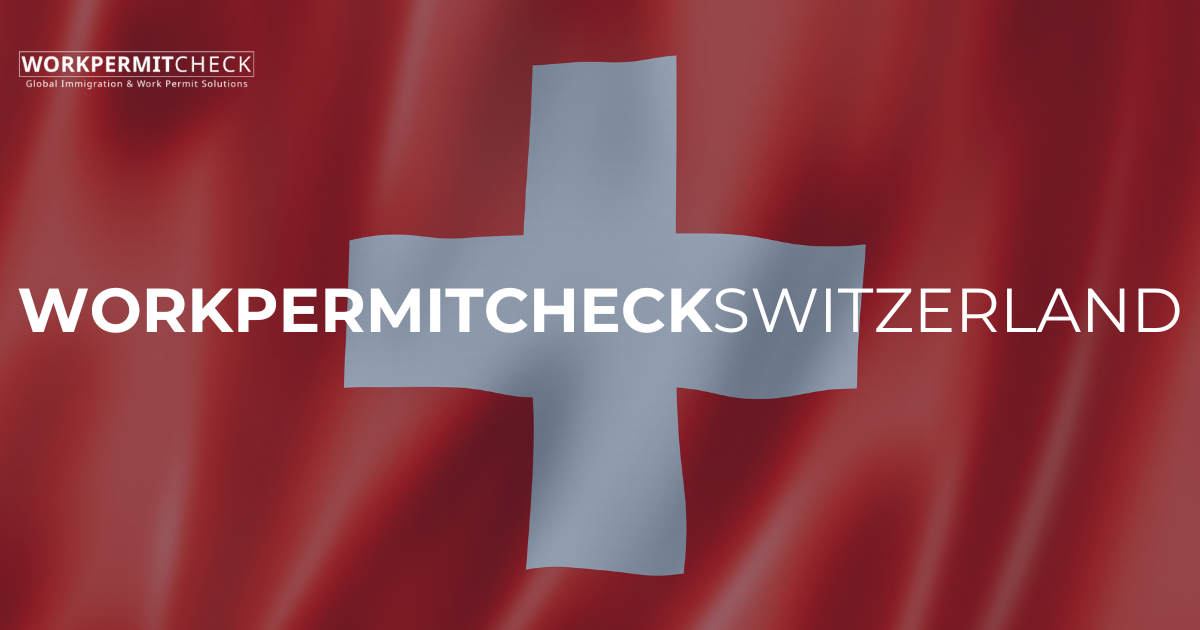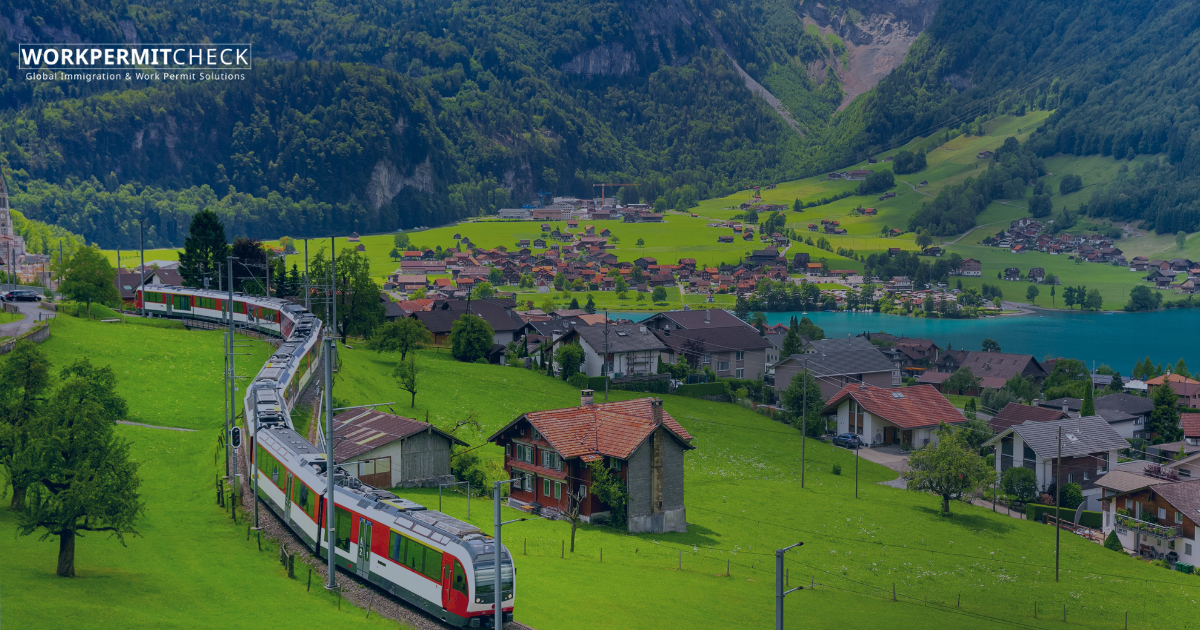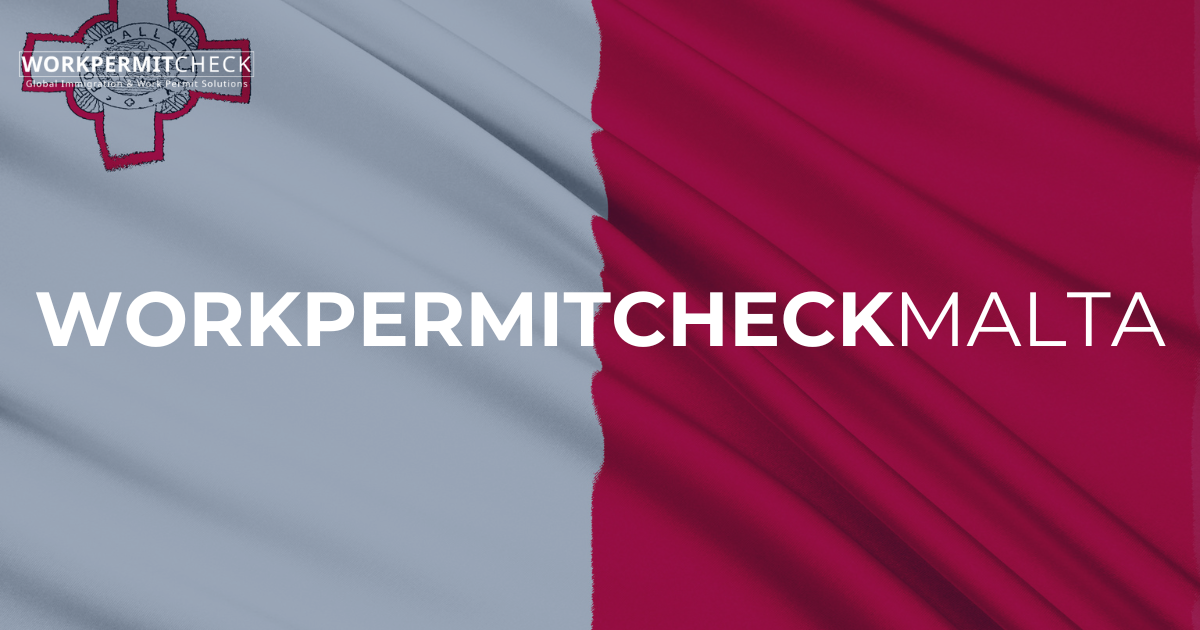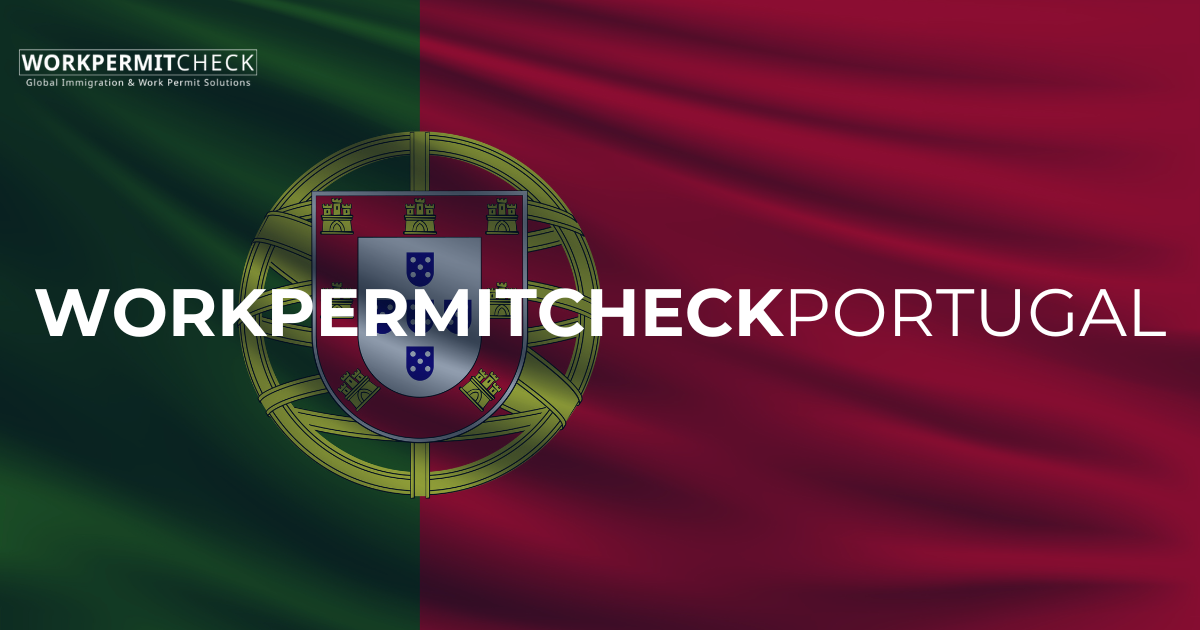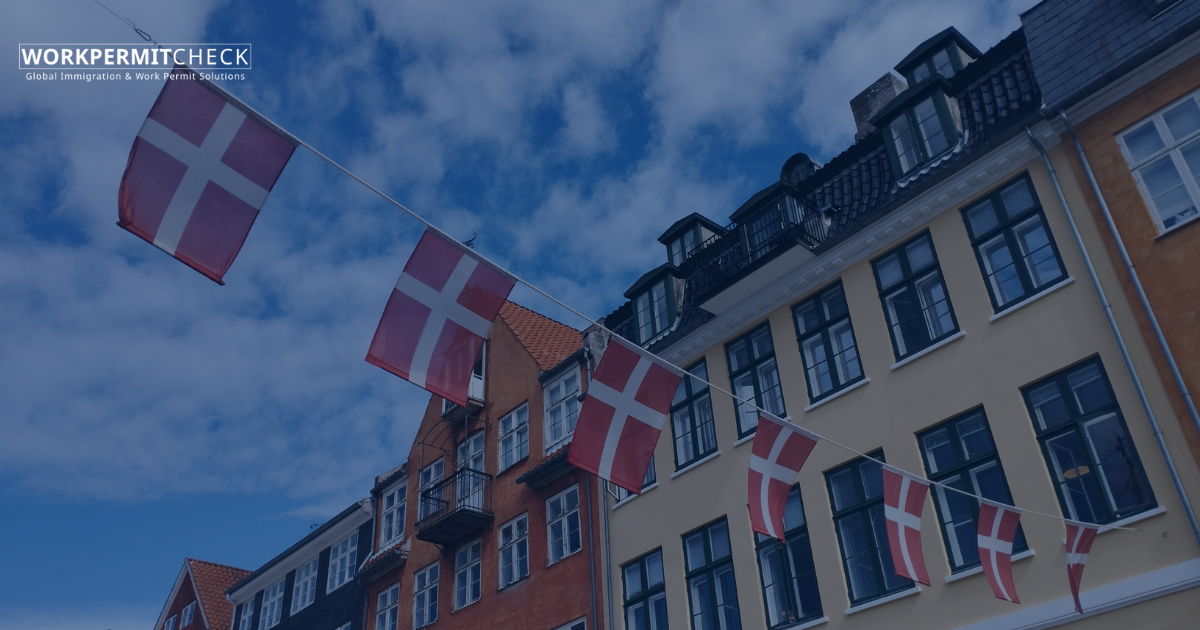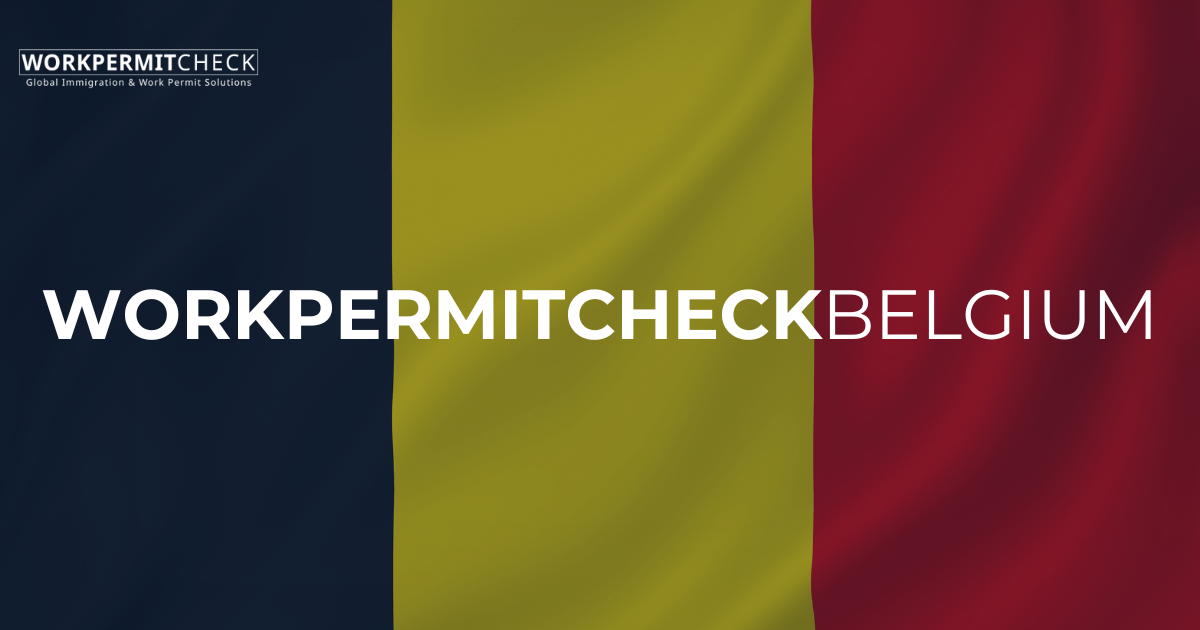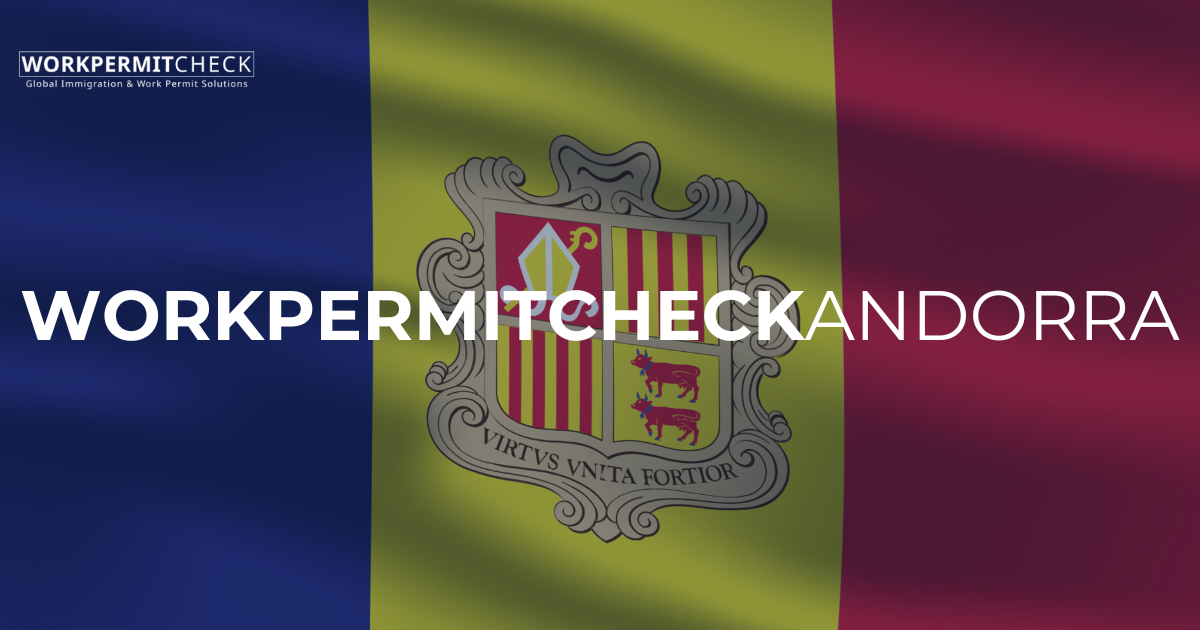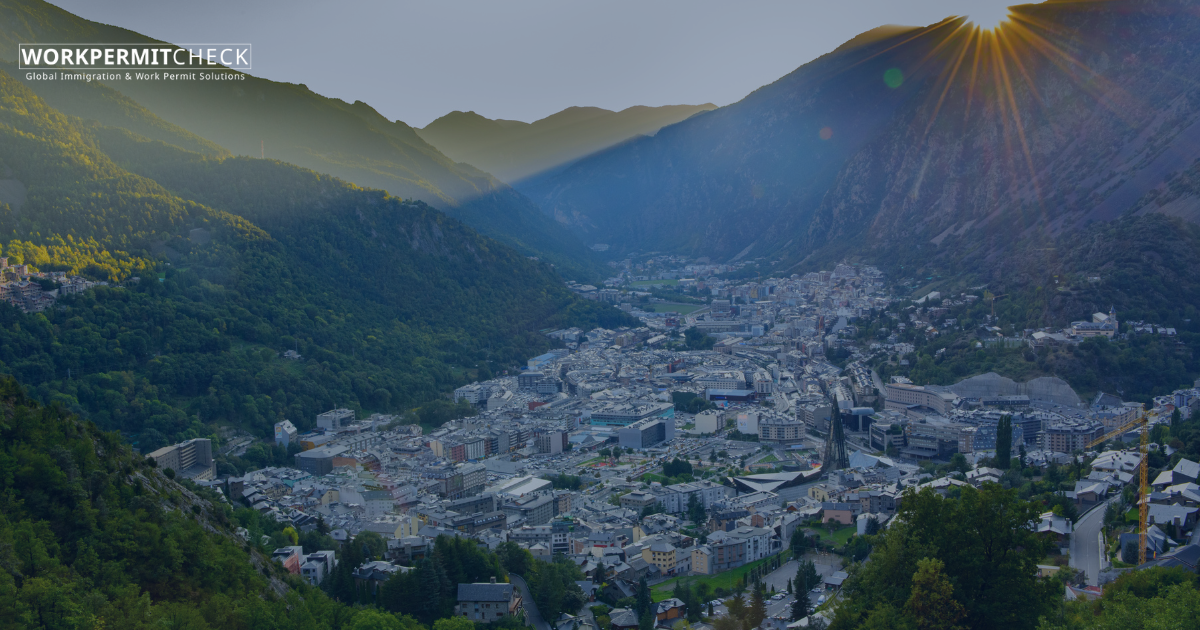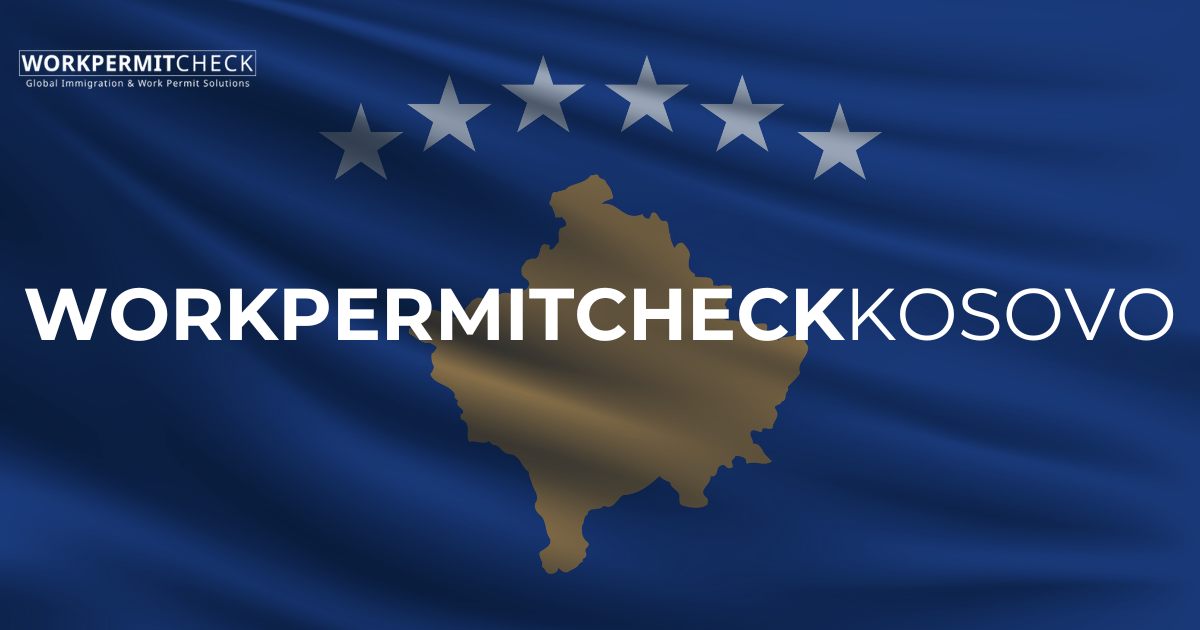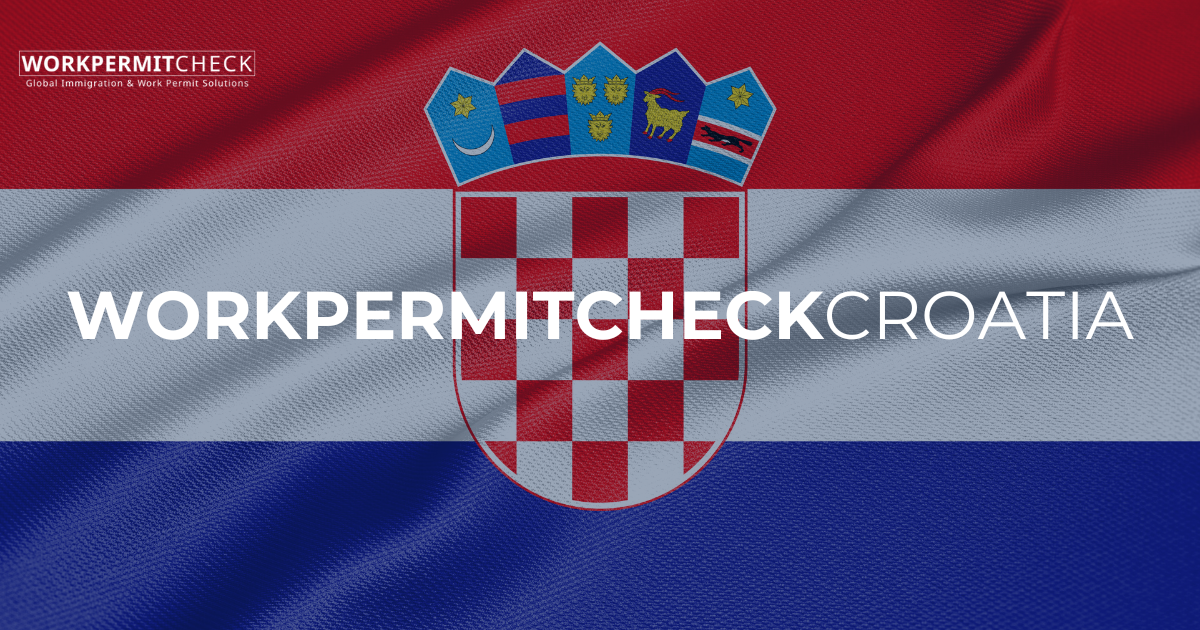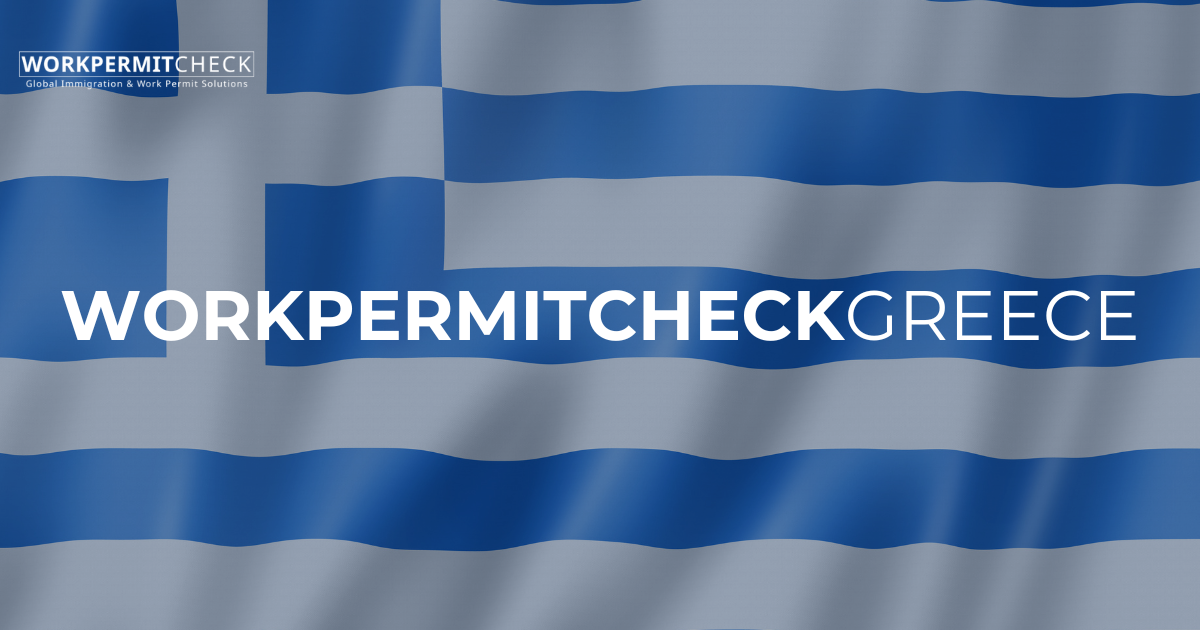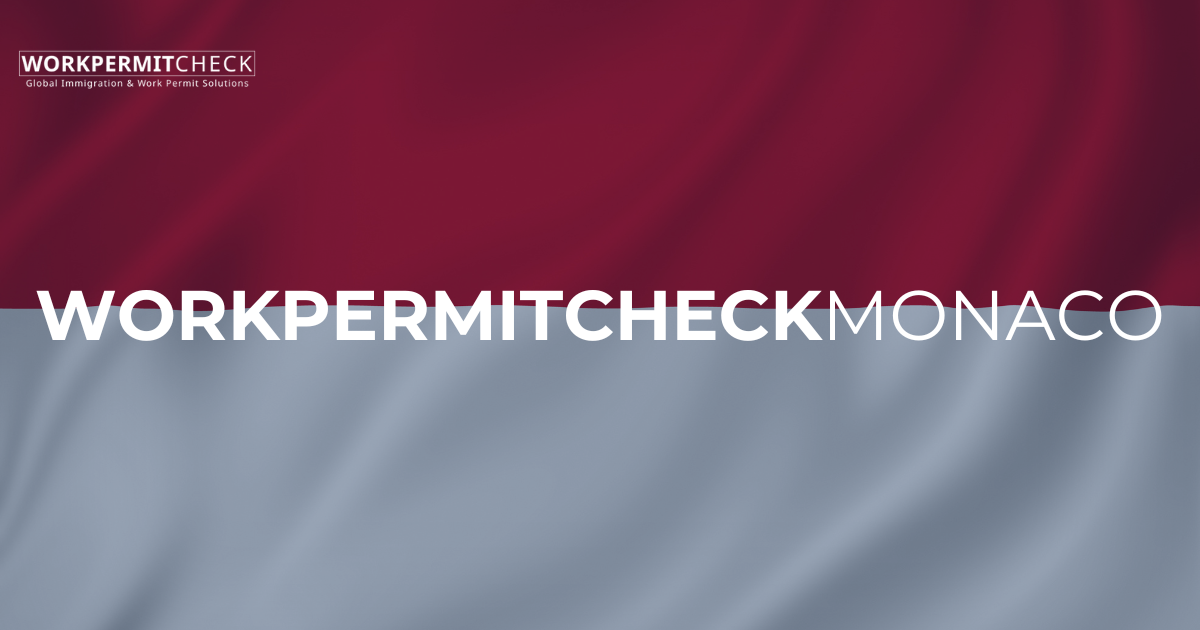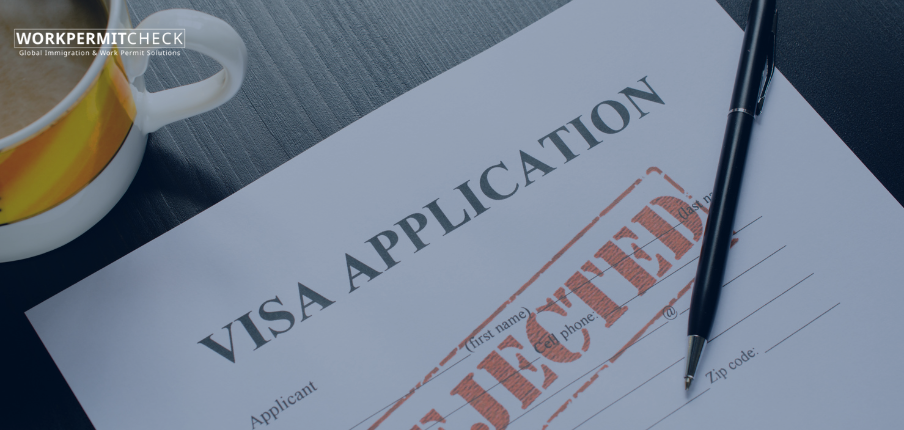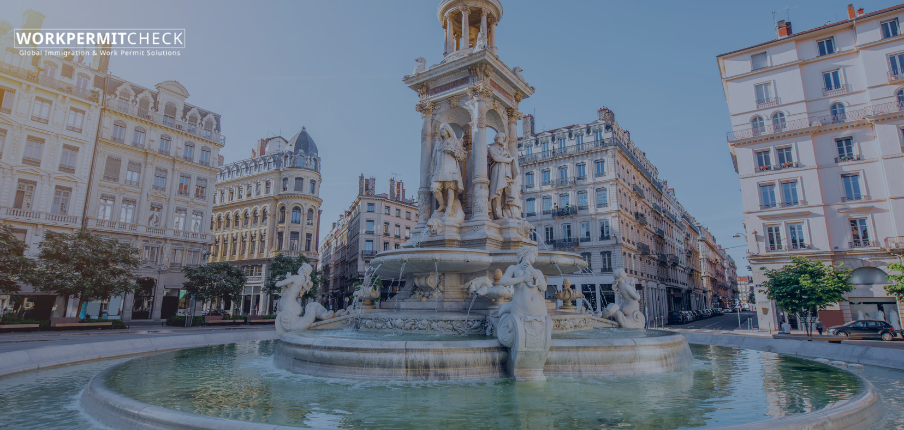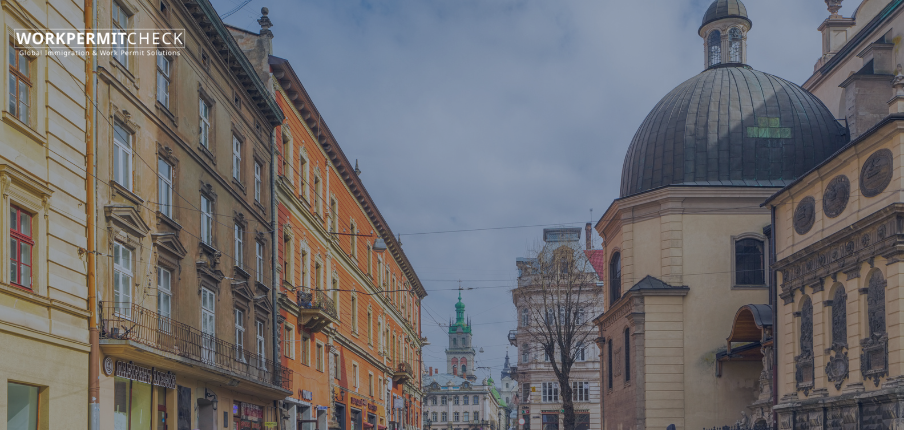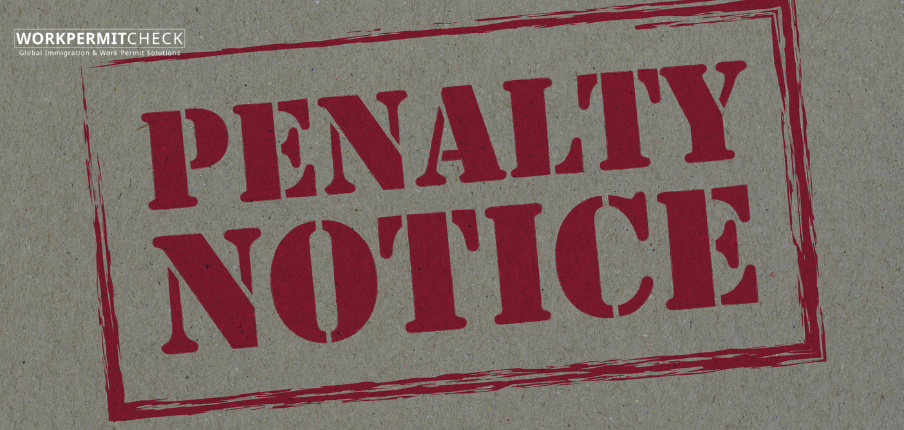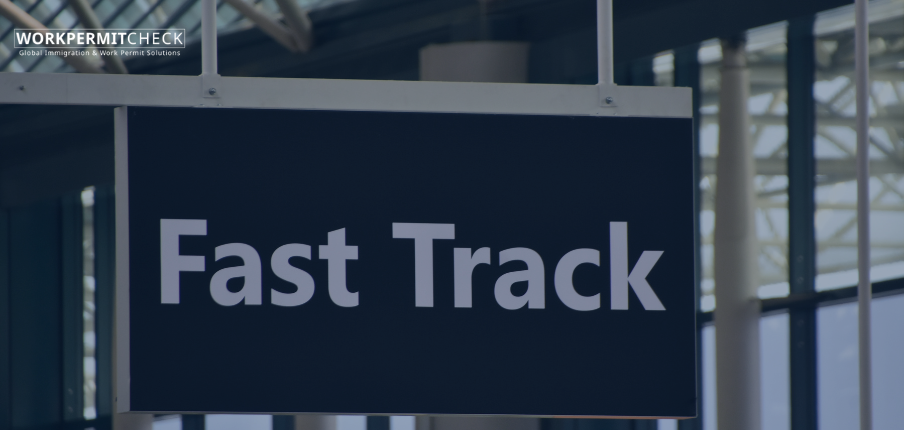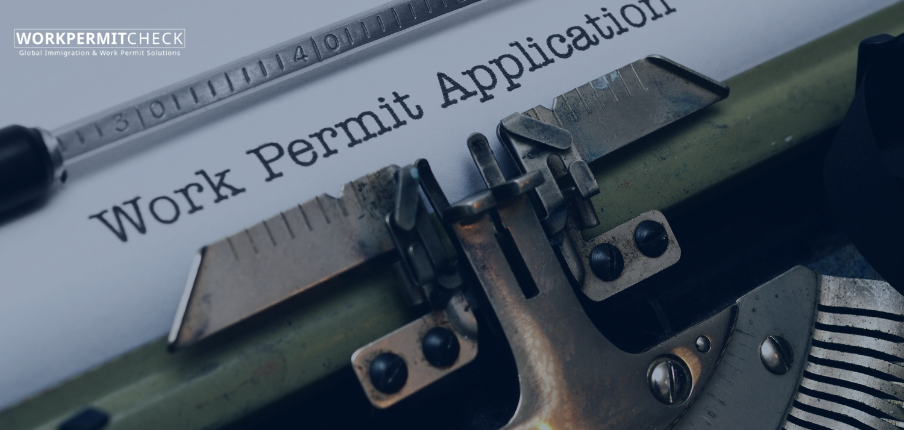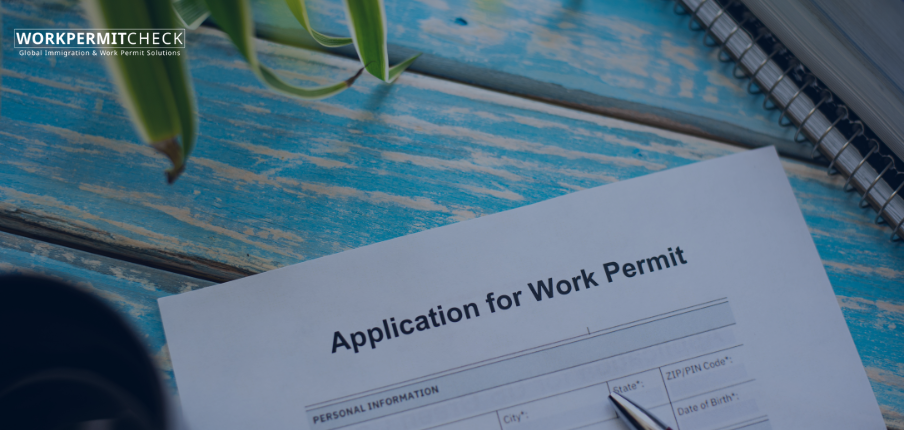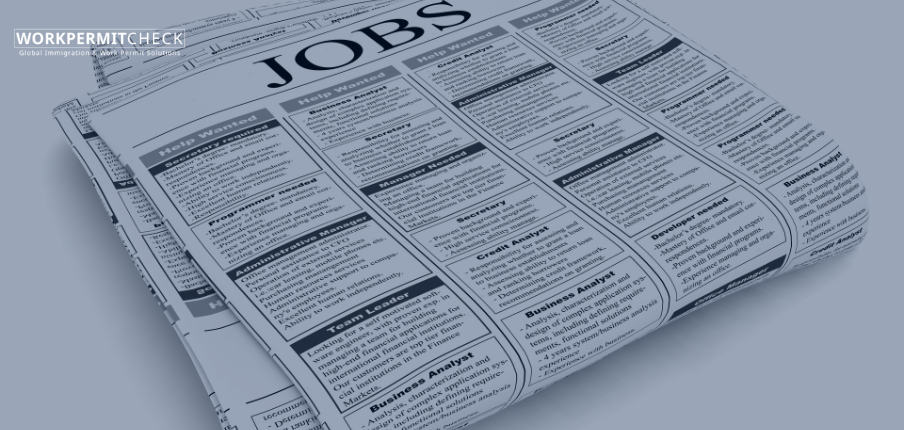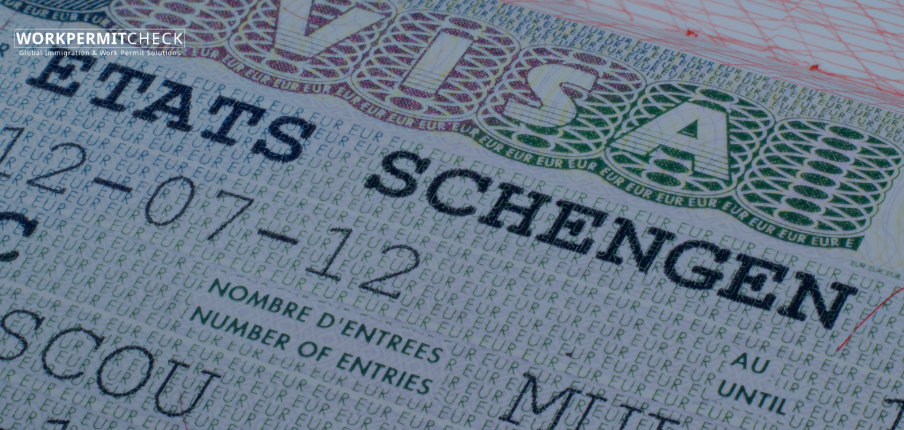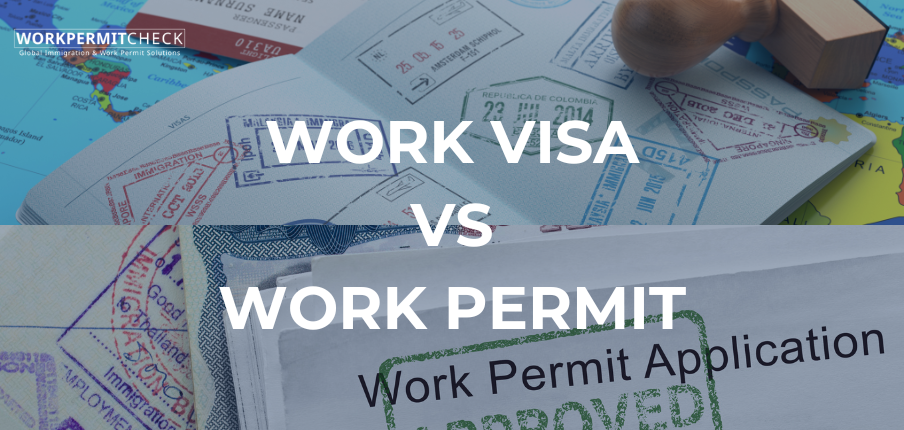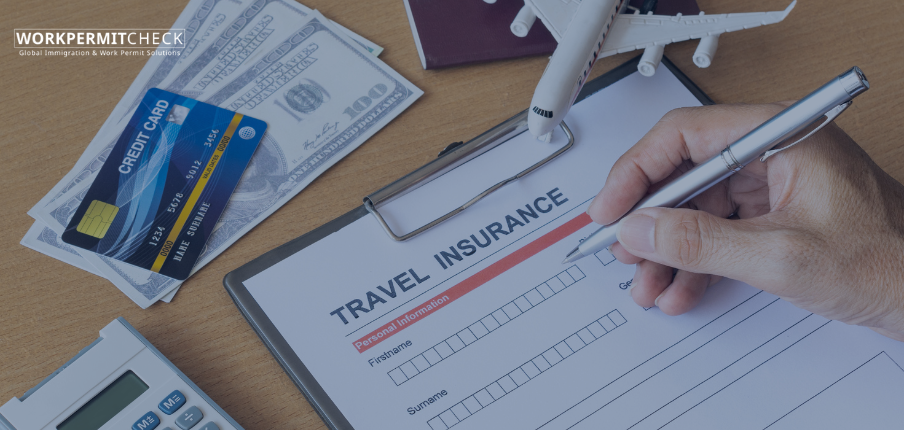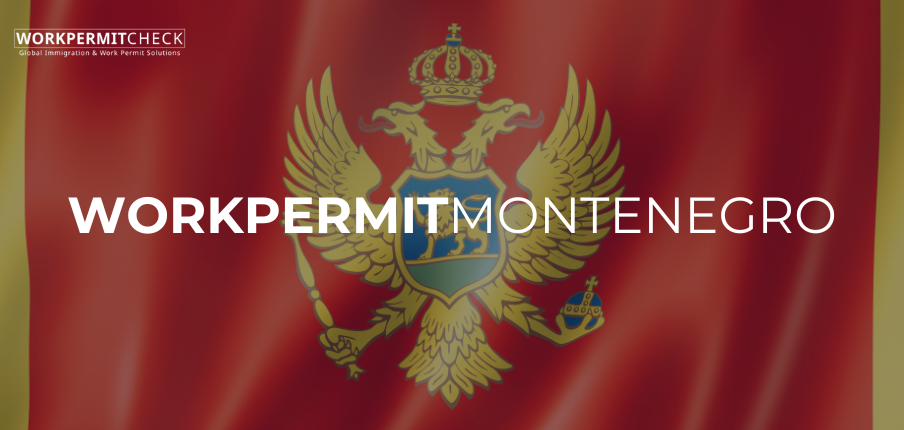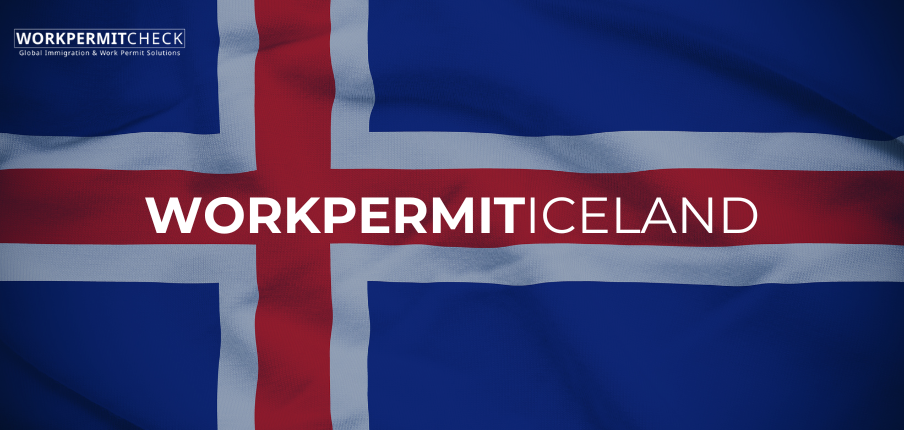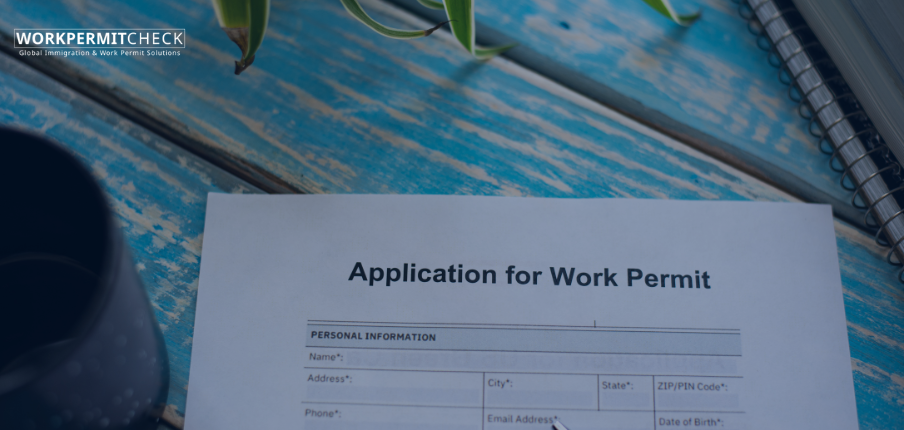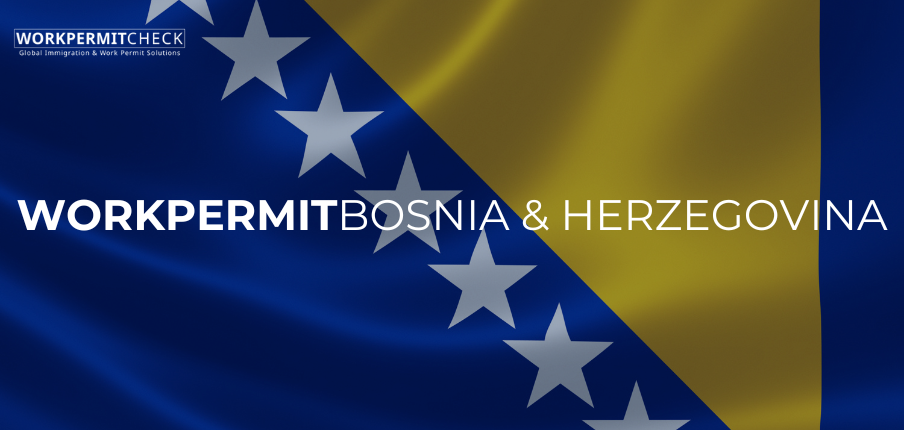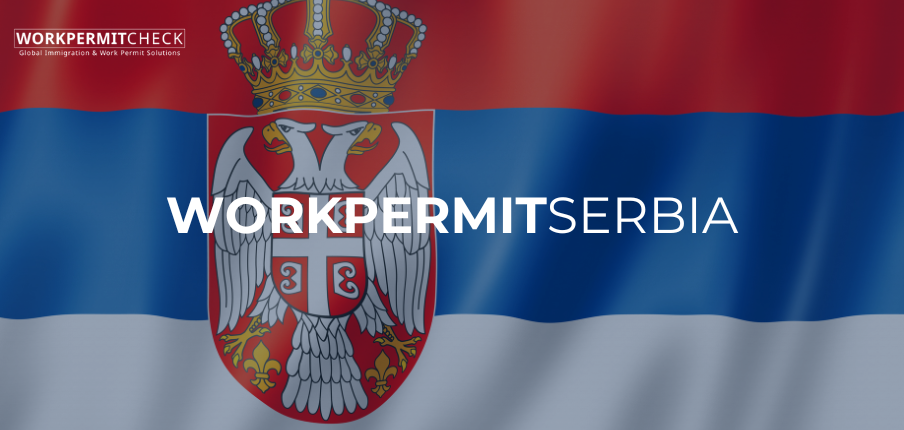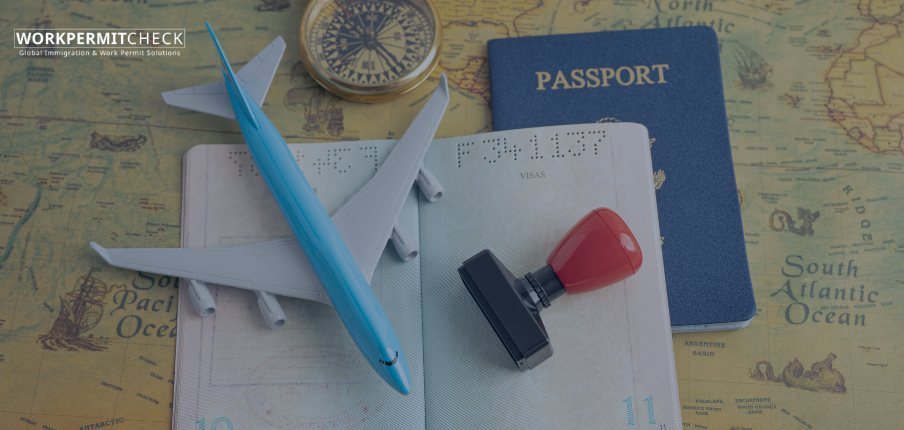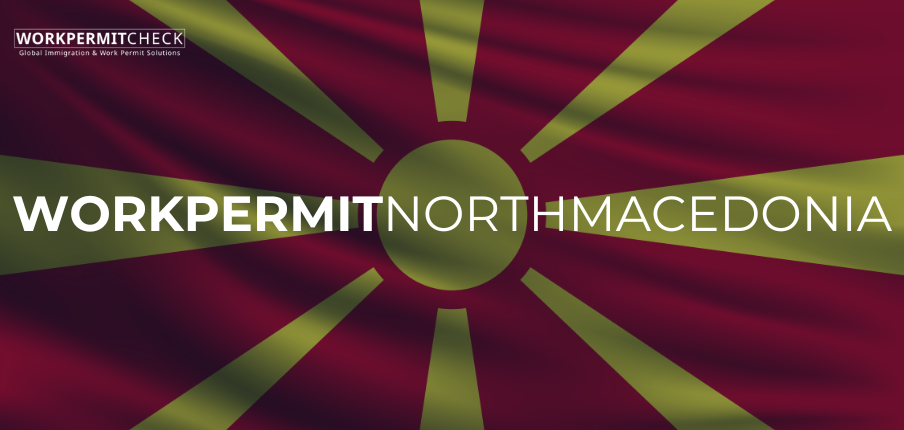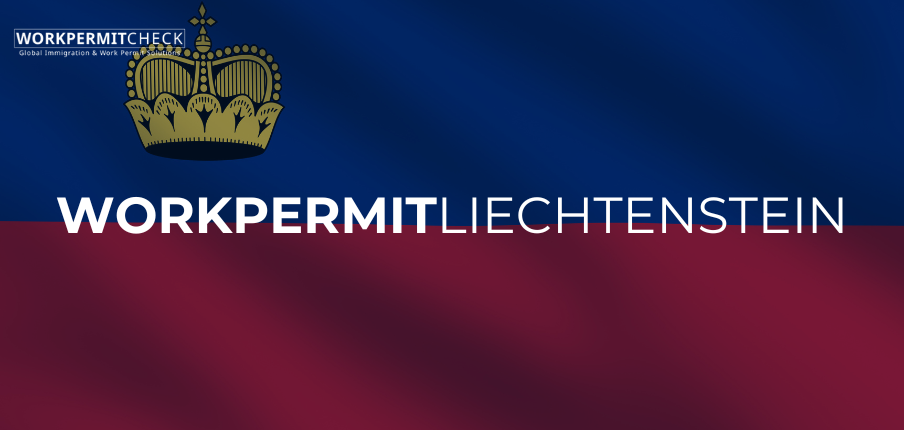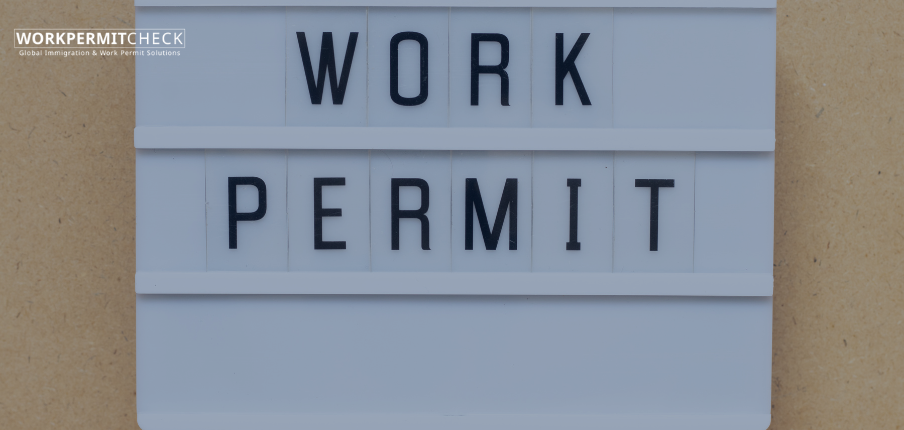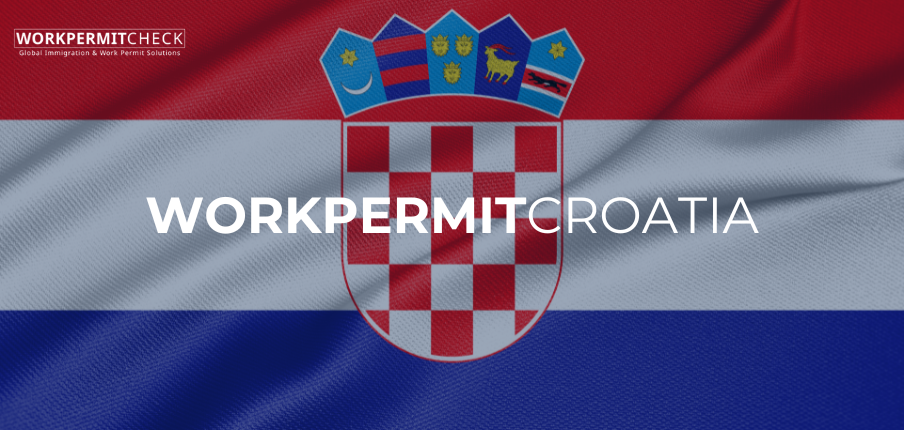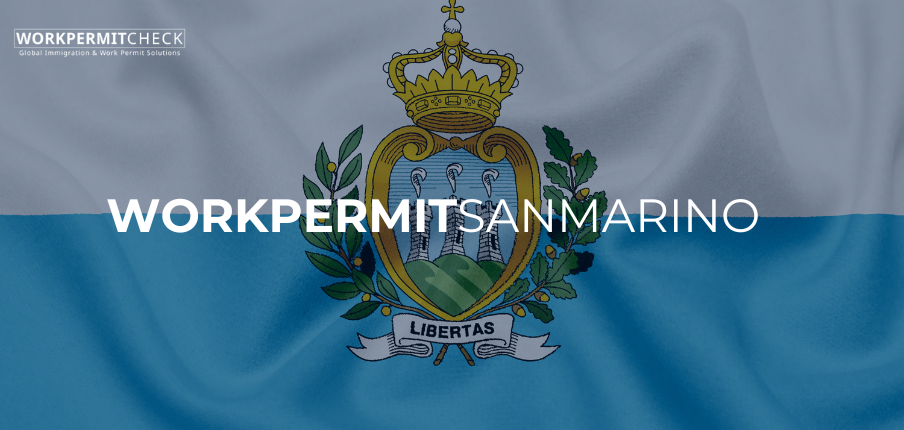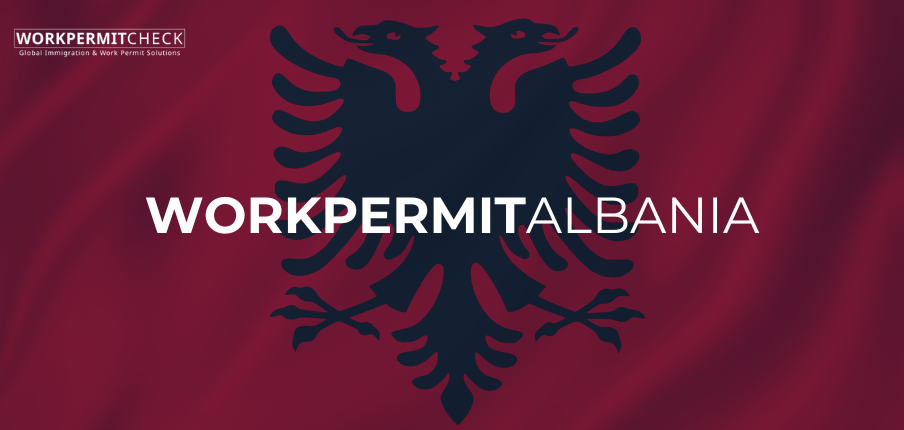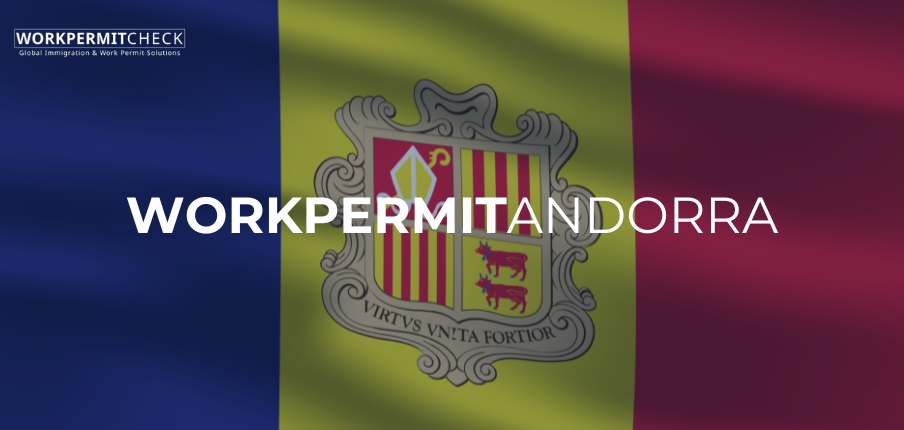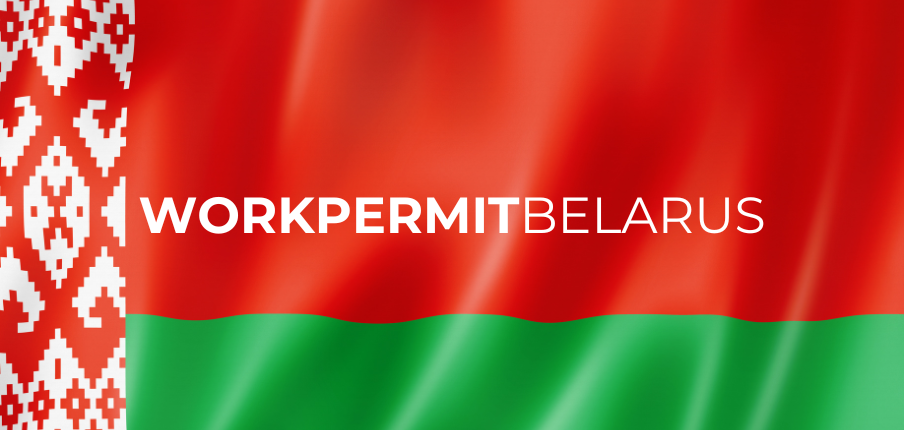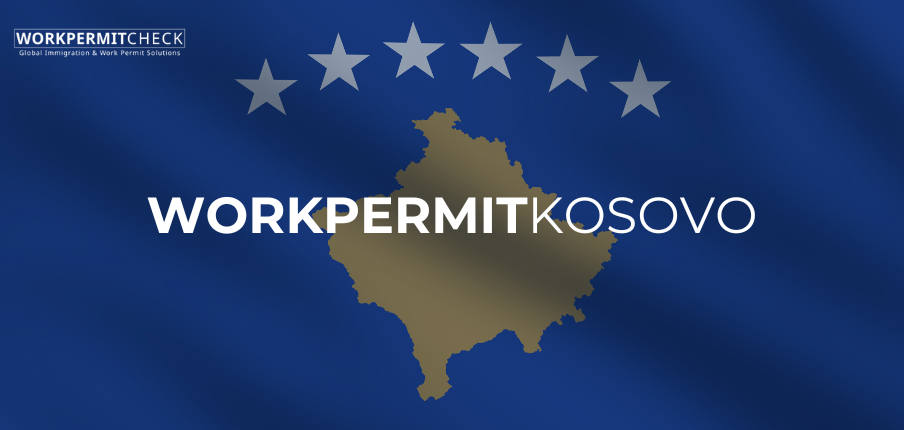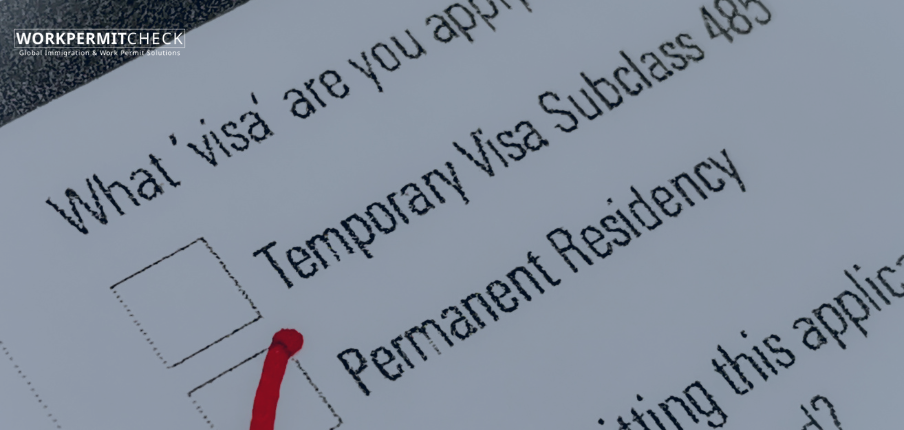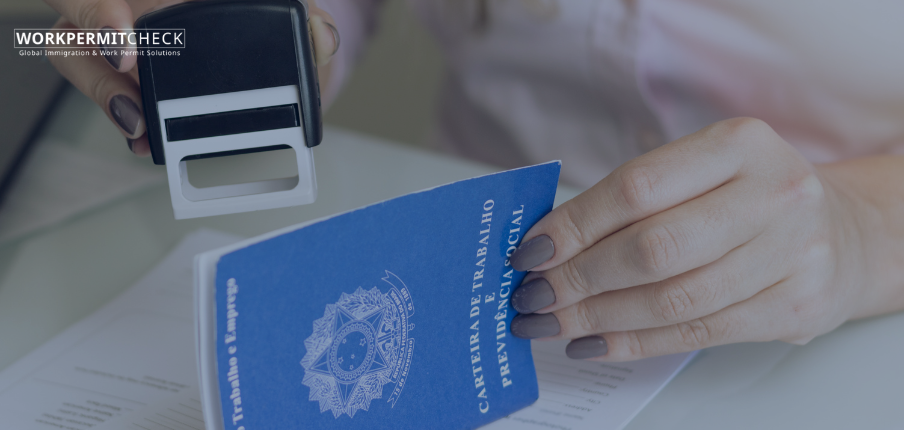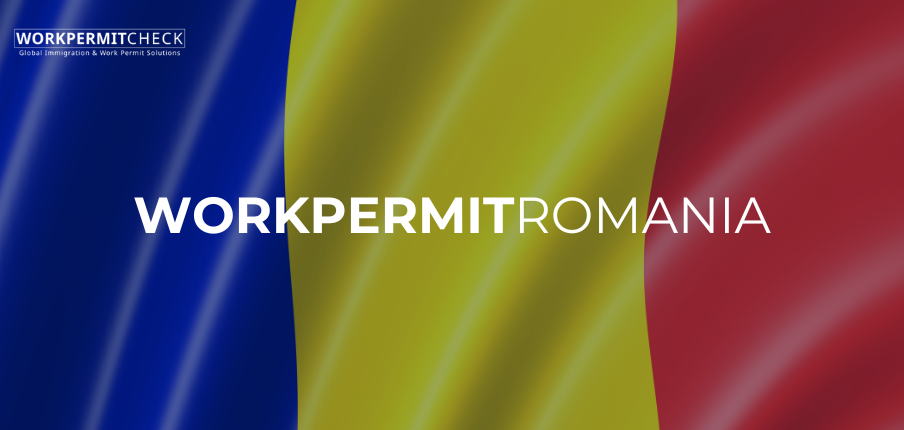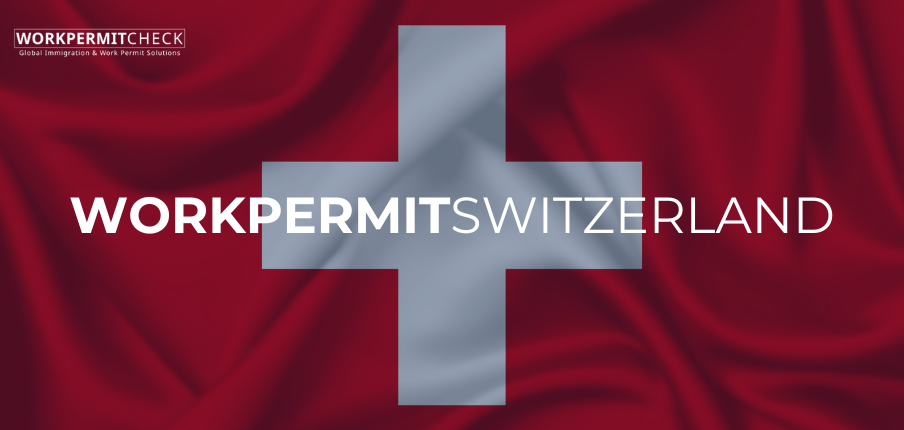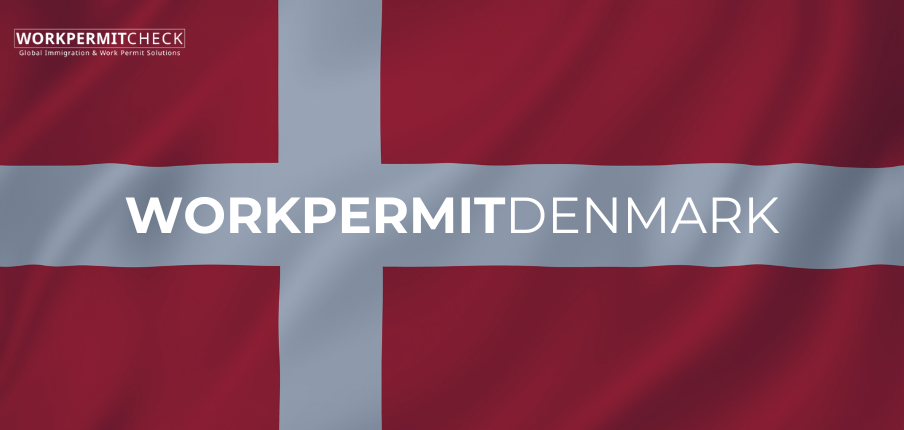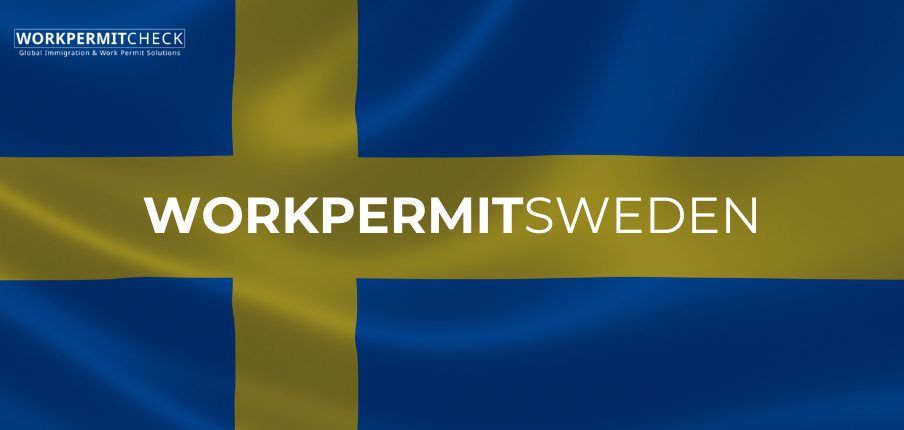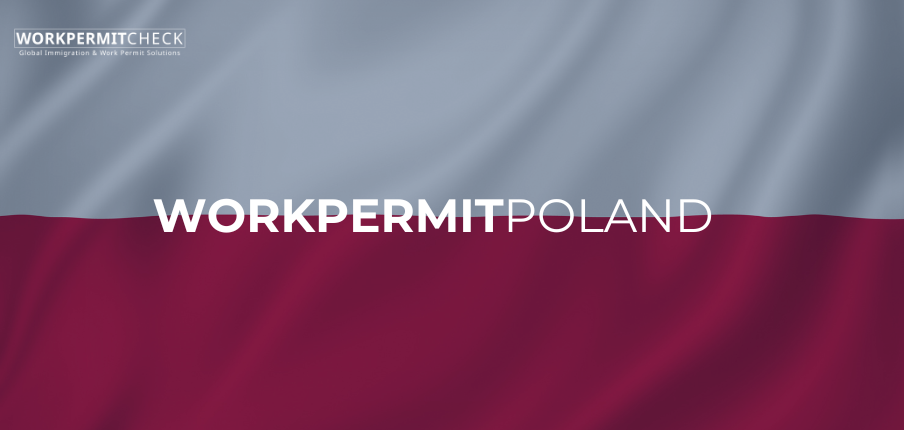Italy, with its rich history, beautiful landscapes, and thriving economy, is an attractive destination for professionals worldwide. Whether you're looking to join Italy’s fashion, design, or tech sectors, or simply searching for a better work-life balance, securing a work permit is a crucial first step. This detailed guide will walk you through everything you need to know about obtaining a work permit in Italy, including types of permits, the application process, processing times, and answers to common questions.
What is a Work Permit in Italy?
A work permit in Italy is an official authorization that allows non-EU nationals to legally work in the country. In most cases, a work permit is tied to a specific employer and job, and applicants must meet certain eligibility criteria. This permit is usually part of a broader system that includes a residence permit, allowing you to live in Italy while employed.
While citizens of the European Union (EU), European Economic Area (EEA), and Switzerland do not require a work permit to work in Italy, non-EU nationals need to apply for one to live and work in the country legally.
Who Requires a Work Permit in Italy?
-
Non-EU/EEA Nationals: Citizens from countries outside the EU, EEA, or Switzerland must obtain a work permit to work in Italy. This includes individuals from countries like the United States, India, China, Brazil, and many others.
-
Students and Graduates: Non-EU students who have completed a degree in Italy may be eligible for a work permit to stay and work after their studies. They can apply for a residence permit for employment based on their qualifications.
-
Skilled Workers: Highly skilled workers in sectors such as engineering, IT, healthcare, and research may be eligible for work permits, depending on their qualifications and job offer.
-
Seasonal Workers: Italy’s agricultural, hospitality, and tourism sectors often require seasonal workers, and special work permits are available for these temporary positions.
-
Employees with Job Offers: If you have a job offer from an Italian employer, you can apply for a work permit, depending on your qualifications and the type of work.
Types of Work Permits in Italy
Italy offers several work permits based on the type of employment and the applicant’s qualifications. Here are the most common types:
-
General Work Permit (Permesso di Soggiorno per Lavoro Subordinato): This is for individuals who have secured a job offer in Italy. It applies to most sectors and requires an employer to prove they could not find a suitable candidate within the EU before offering the job to a non-EU national.
-
Highly Skilled Worker (Blue Card EU): The Blue Card is for non-EU nationals with higher education qualifications or equivalent experience in high-demand sectors such as IT, engineering, and healthcare. It allows holders to work in specific roles requiring advanced qualifications.
-
Intra-Corporate Transfer (ICT Card): This permit is for employees of international companies who are being transferred to their Italian branch. The ICT card allows workers to stay in Italy for up to three years.
-
Self-Employment Visa: This type of permit is for individuals looking to start their own business or work as freelancers in Italy. Applicants must demonstrate that they can support themselves and meet financial requirements for self-employment.
-
Seasonal Worker Visa: For workers in seasonal sectors like agriculture, tourism, and hospitality. These permits are temporary and valid for up to 9 months per year, depending on the employment duration.
-
Work Visa for Researchers: This visa is tailored for non-EU nationals coming to Italy to carry out research projects. Research organizations in Italy may sponsor the visa.
Work Permit Application Process in Italy
The process to obtain a work permit in Italy involves several steps. Here is a step-by-step guide to help you through the process:
Step 1: Secure a Job Offer
The first step in obtaining a work permit for Italy is to secure a job offer from an Italian employer. The employer must prove they attempted to hire an EU citizen for the position but were unable to find a suitable candidate.
Step 2: Employer’s Application
Once the job offer is secured, your employer must apply for authorization to hire a non-EU national from the Italian authorities, typically the local immigration office (Sportello Unico per l’Immigrazione). This process involves submitting various documents to demonstrate that no EU citizens were available for the role.
Step 3: Apply for the Work Visa
Once the employer’s application is approved, you can apply for the work visa at the Italian consulate or embassy in your home country. This step includes submitting your job contract, proof of qualifications, and other required documents. In some cases, you might also need to undergo a medical exam.
Step 4: Submit the Residence Permit Application
After obtaining the work visa, you can enter Italy. Upon arrival, you must apply for a residence permit (Permesso di Soggiorno) at the local immigration office. This permit will allow you to stay and work legally in Italy. You will need to submit:
- Valid passport
- Job contract
- Proof of sufficient financial means
- Health insurance
- Proof of accommodation
Step 5: Wait for Processing
After submitting your application, you will need to wait for it to be processed. Processing times vary, but generally, it can take anywhere from a few weeks to several months, depending on the type of work permit and the specific circumstances.
Step 6: Receive Your Work Permit
Once your application is approved, you will be issued a work permit and residence card, which allows you to live and work in Italy legally for the duration of your employment contract.
Processing Time for Work Permits
The processing time for a work permit in Italy depends on several factors, including the type of permit, the applicant’s nationality, and the region in which the application is submitted. On average, the entire process—from applying for the employer's authorization to receiving the residence permit—can take anywhere from 2 months to 6 months. It is advisable to start the application process well in advance to avoid delays.
Common Questions About Italy Work Permits
-
Do I need a work permit to work in Italy if I am from the EU?
No, citizens of the EU, EEA, and Switzerland do not need a work permit to work in Italy. -
Can I change jobs once I have a work permit?
The ability to change jobs depends on the type of work permit. Some permits are tied to specific employers, so changing jobs may require applying for a new permit. However, a Blue Card EU offers more flexibility to change employers after a certain period. -
Can I bring my family with me on a work permit?
Yes, if you hold a valid work permit and meet certain financial requirements, you can bring your spouse and dependent children to Italy. -
How long is a work permit valid in Italy?
The validity of a work permit depends on the type of permit and your employment contract. Generally, work permits are issued for one to three years and can be extended. -
Can I work in Italy without speaking Italian?
While many international companies in Italy may not require fluency in Italian, knowing the language will significantly improve your job prospects, especially in non-technical fields or customer-facing roles. -
What is the Blue Card EU, and who can apply for it?
The Blue Card EU is a special residence and work permit for highly skilled workers from non-EU countries. To apply, you must have a higher education degree or equivalent professional experience and a job offer in Italy that meets a specific salary threshold. -
Can I apply for permanent residence after holding a work permit?
Yes, after living and working in Italy for several years under a valid work permit, you may be eligible to apply for permanent residency. The exact timeline depends on the type of permit you hold and your length of stay in Italy.
Conclusion
Obtaining a work permit in Italy is an essential step for non-EU nationals seeking to work and live in this beautiful country. Whether you're a highly skilled professional, a seasonal worker, or someone looking for self-employment opportunities, Italy's work permit system offers various options to suit different types of employment.
By understanding the different types of permits, the application process, and the necessary documentation, you can navigate the journey to working in Italy with ease. Always ensure that your application is complete and consider consulting professionals to avoid unnecessary delays.
With the right preparation and perseverance, Italy offers a wealth of career opportunities, a high quality of life, and a vibrant culture to explore.
March 10, 2025






